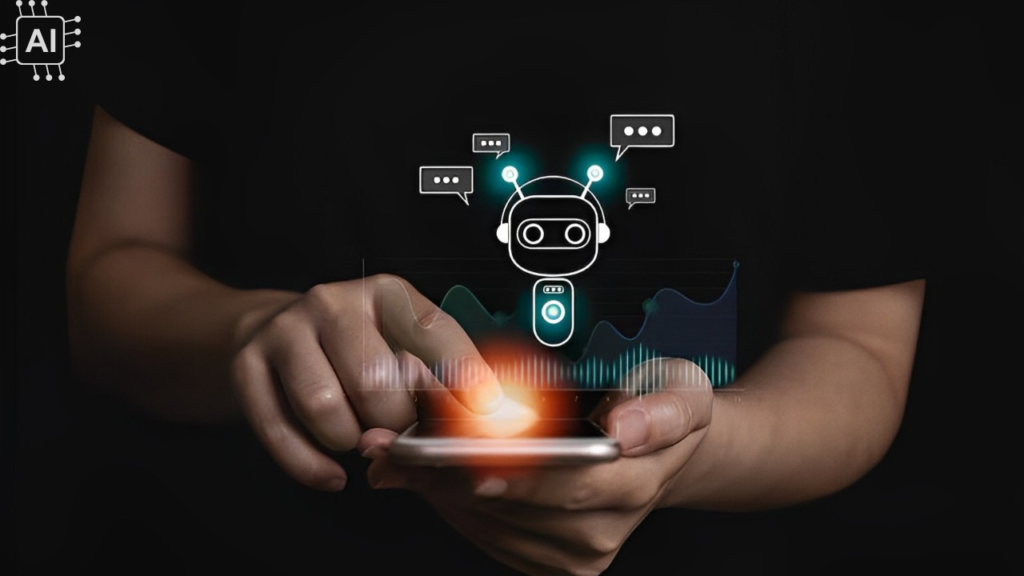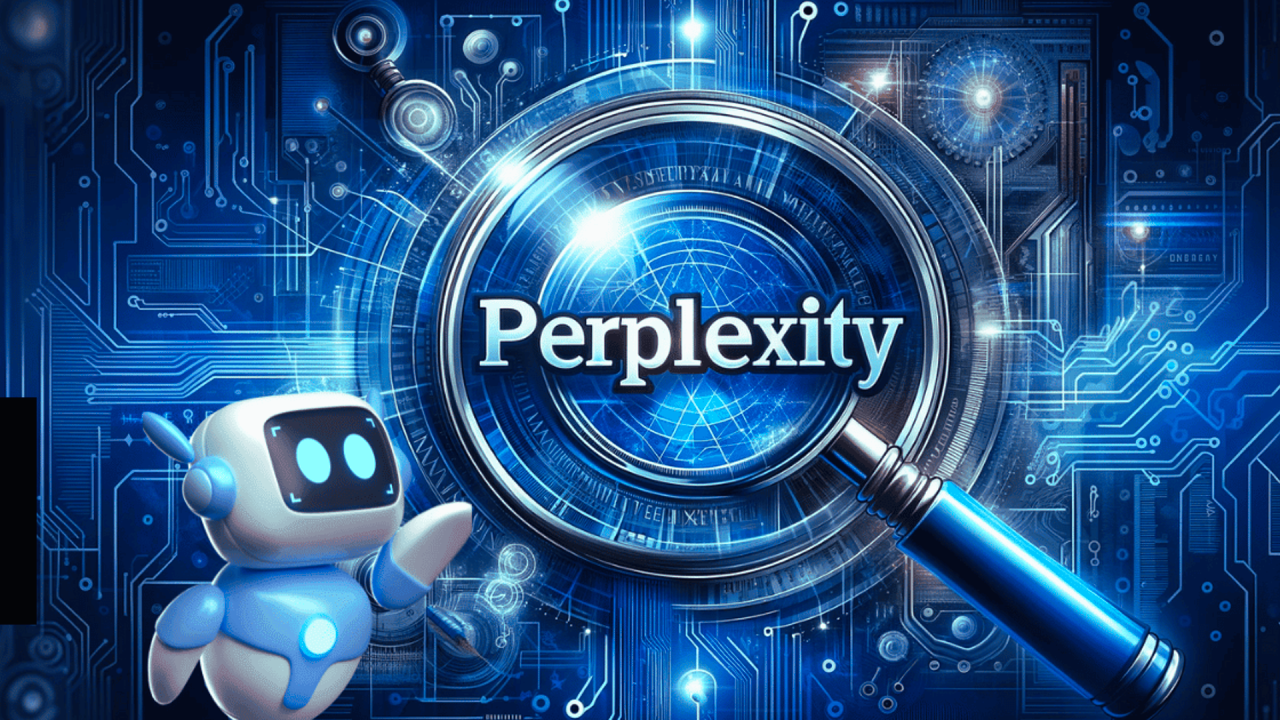
In today’s digital world, conversational agents have emerged as powerful tools for transforming the way businesses and users interact.
Chatbots—the most common form of conversational agents—have been widely adopted by companies to streamline customer service, improve user engagement, and enhance overall user experience.
Designed to simulate human conversations, chatbots use sophisticated natural language processing (NLP) algorithms, artificial intelligence (AI), and machine learning to deliver personalized, real-time communication.
In this article, we will explore the intricacies of chatbots, their core components, types, applications, and the future of conversational AI.
What are Conversational Agents?
Conversational agents are systems or programs specifically designed to interact with humans in a manner that mimics human dialogue.
They can be integrated into various platforms, including websites, mobile applications, and messaging services.
These agents are not just confined to text-based conversations; they can also handle voice-based interactions, particularly in virtual assistants like Amazon Alexa and Google Assistant.
Their primary goal is to offer a seamless conversational experience, reducing the need for human intervention.
How Do Chatbots Work?
The technology behind chatbots is a fascinating blend of AI, machine learning, and NLP.
These technologies enable the bot to analyze human language, understand context, and respond appropriately. Here’s a breakdown of how chatbots operate:
- Input Processing: When a user sends a message or asks a question, the chatbot uses natural language understanding (NLU) to interpret the intent behind the input.
- This involves breaking down the sentence into meaningful elements—keywords, entities, and intent.
- Response Generation: Once the bot understands the input, it generates a response using predefined rules or a machine learning model trained on large datasets of human dialogue.
- Machine Learning Feedback Loop: The chatbot learns from its interactions. Over time, it can refine its responses based on user feedback, improving the quality of future conversations.
Types of Chatbots
There are two primary types of chatbots: rule-based and AI-driven chatbots.
1. Rule-Based Chatbots
Rule-based chatbots are the simpler version of conversational agents.
These chatbots follow predefined conversational flows and respond based on a specific set of conditions or keywords.
While they are not equipped to handle complex dialogues, they can be highly effective in answering straightforward questions, such as FAQs.
Key features include:
- Predefined Rules: They rely on a strict set of rules or decision trees.
- Limited Flexibility: They can only handle conversations within the boundaries of the programmed rules.
2. AI-Driven Chatbots
AI-powered chatbots, on the other hand, use advanced algorithms to understand and respond to human language.
They can interpret a wide range of conversational nuances, thanks to machine learning and deep learning techniques.
These bots are capable of handling more complex queries, offering contextual responses, and engaging in more natural-sounding conversations.
Key features include:
- Dynamic Learning: They improve through repeated interactions with users.
- Context Awareness: They can recall previous conversations and adjust their responses accordingly.
Applications of Chatbots

Chatbots have found widespread use across industries, owing to their ability to efficiently handle user interactions, reduce operational costs, and improve customer service. Below are some of the key applications:
1. Customer Support
One of the most common use cases for chatbots is customer support.
Businesses integrate chatbots into their websites and apps to provide instant responses to customer queries.
This ensures users receive prompt service, reducing the workload on human support teams. AI-driven chatbots are especially useful here because they can provide personalized responses based on a user’s history and preferences.
2. E-Commerce
In e-commerce, chatbots are being used to assist users in finding products, processing payments, and answering questions about shipping or returns.
Conversational commerce, as it’s known, is fast becoming a vital part of the online shopping experience.
These bots can offer product recommendations based on past purchases and browsing behavior, significantly enhancing the user experience.
3. Healthcare
Healthcare providers are leveraging chatbots to improve patient engagement and care.
Medical chatbots can answer general health questions, provide appointment scheduling, and even offer preliminary diagnoses based on user input.
In times of crisis, like the COVID-19 pandemic, healthcare chatbots have proven to be indispensable for disseminating information and helping users assess symptoms remotely.
4. Banking and Finance
In the banking sector, chatbots are used to assist customers with basic banking services such as checking balances, making payments, or getting details about recent transactions.
With AI integration, these bots can also offer tailored financial advice, helping customers manage their savings and investments more efficiently.
Challenges in Developing Effective Chatbots
While chatbots hold great potential, creating an effective conversational agent is not without its challenges. Here are some of the key hurdles:
1. Language Understanding
Achieving accurate natural language understanding is one of the most difficult aspects of chatbot development.
Human language is filled with nuances, idiomatic expressions, and variations in tone.
Chatbots must be equipped to understand and interpret these intricacies accurately. Poor understanding can lead to irrelevant or incorrect responses, frustrating users.
2. Personalization
Personalizing chatbot interactions is another challenge.
Users expect personalized responses based on their unique needs, preferences, and previous interactions with the brand.
AI-driven chatbots that use machine learning can handle this better than rule-based chatbots, but they still require significant amounts of data and sophisticated algorithms to get it right.
3. Security and Privacy
In industries like finance and healthcare, chatbots often handle sensitive information.
Ensuring that these interactions are secure and private is crucial. Data breaches or poor handling of personal data can erode user trust and lead to severe legal repercussions.
The Future of Conversational Agents
As technology continues to advance, we can expect to see chatbots become more intelligent, intuitive, and versatile.
Here are some trends that will shape the future of conversational agents:
1. Voice-Activated Chatbots
With the growing popularity of voice assistants like Siri and Alexa, we will likely see more voice-activated chatbots in various industries.
These voice-based systems will enable hands-free communication, offering users an even more seamless interaction experience.
2. Integration with AI-Powered Services
Future chatbots will become even more powerful with deeper integration into AI-powered services like predictive analytics, sentiment analysis, and automated decision-making.
This will allow businesses to offer hyper-personalized experiences to users, anticipating their needs before they even ask.
3. Multilingual Support
To serve a global audience, chatbots are increasingly being designed with multilingual capabilities.
AI-powered bots will soon be able to understand and converse in multiple languages with near-native fluency, breaking down language barriers and expanding business outreach.
Conclusion
Conversational agents, particularly chatbots, are revolutionizing the way businesses and consumers interact.
With advancements in AI, machine learning, and natural language processing, chatbots are evolving from simple rule-based systems to sophisticated, dynamic agents capable of offering personalized, context-aware conversations.
As industries adopt these technologies, the potential for enhanced customer service, increased efficiency, and improved user engagement is enormous.
Businesses that invest in well-designed chatbots will find themselves better equipped to meet the demands of modern consumers.


